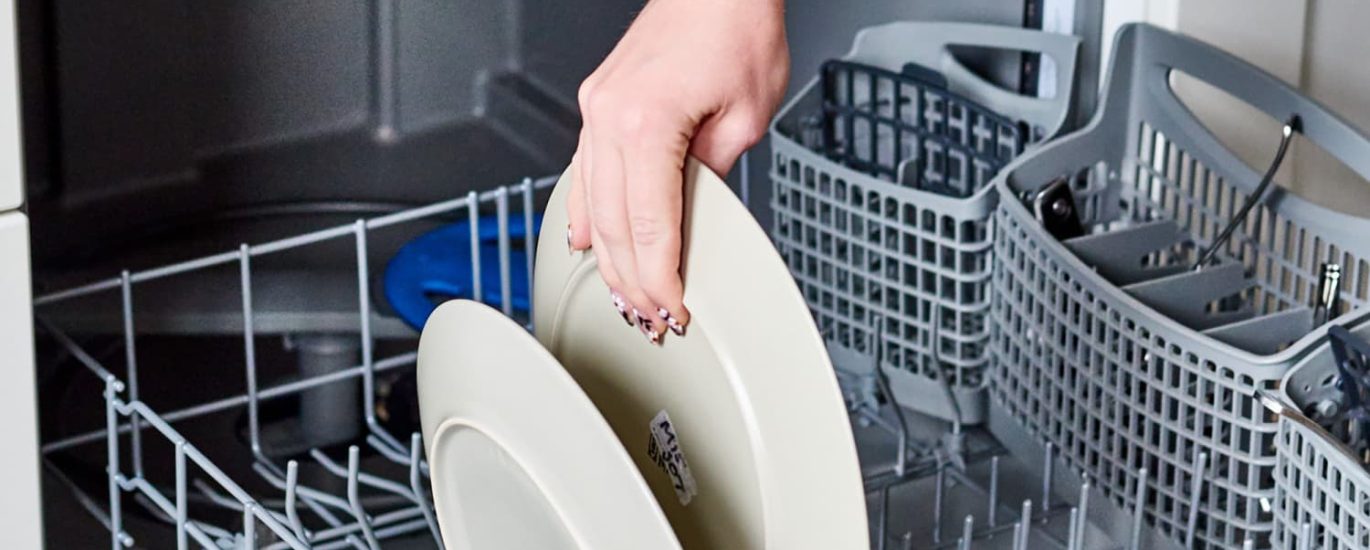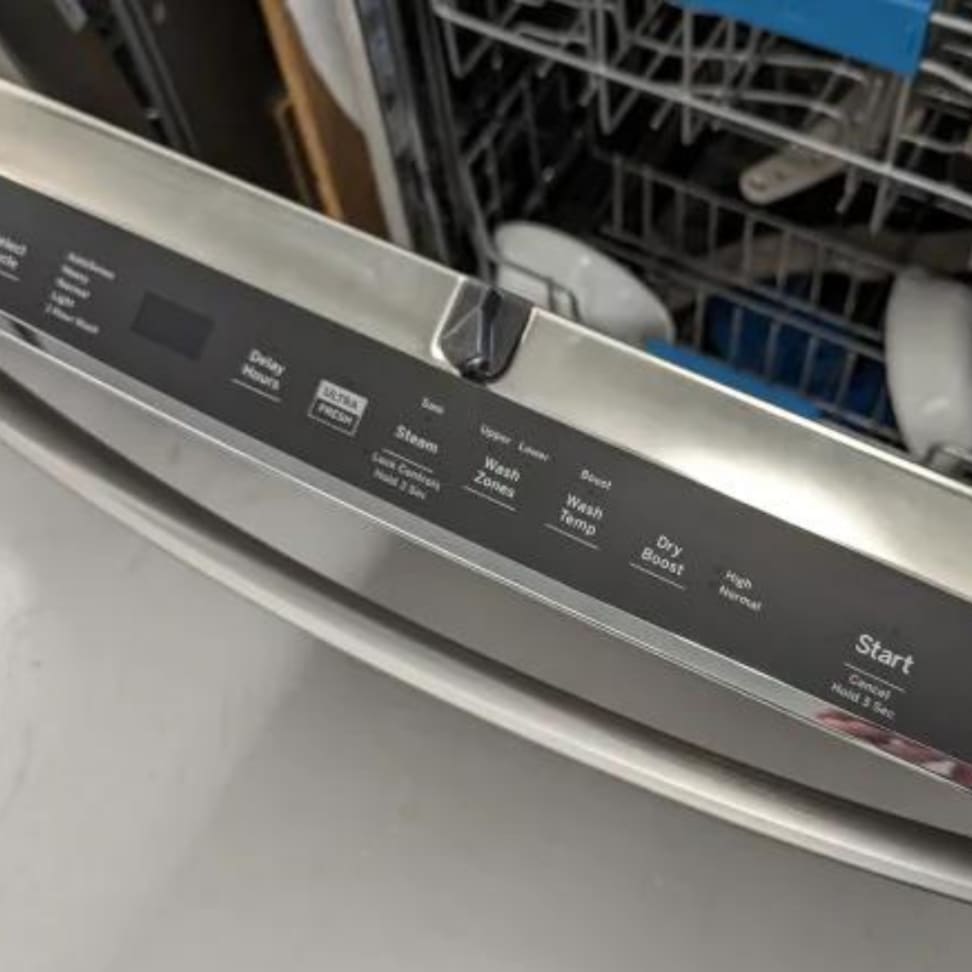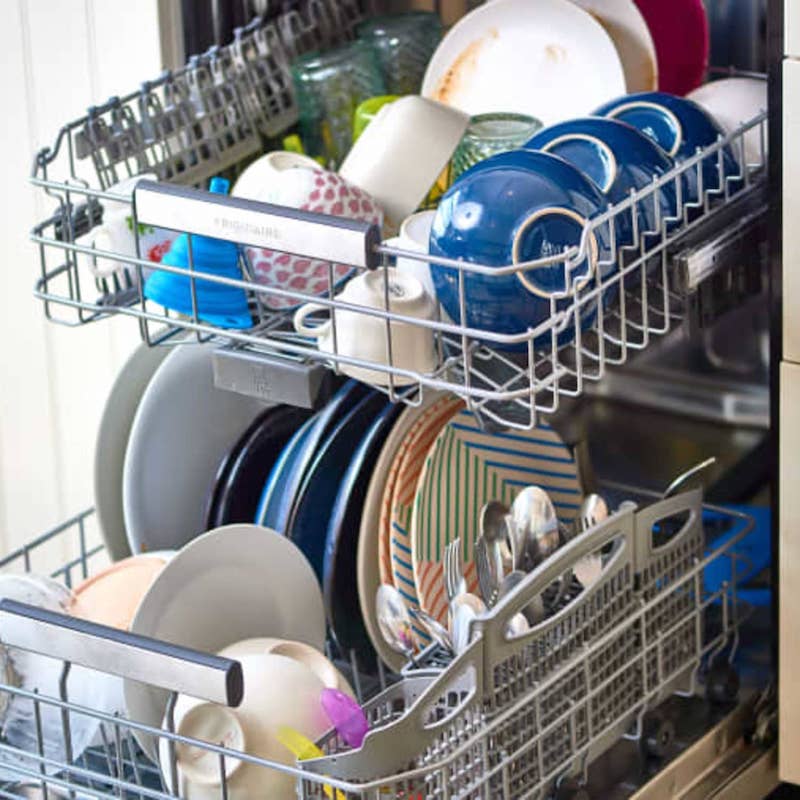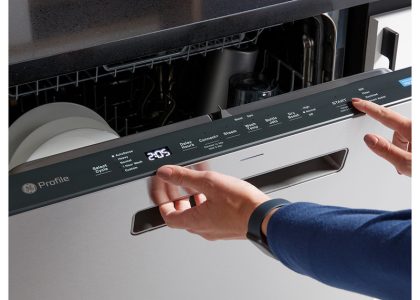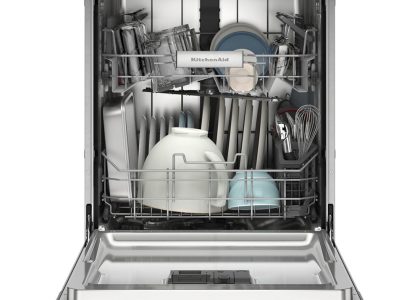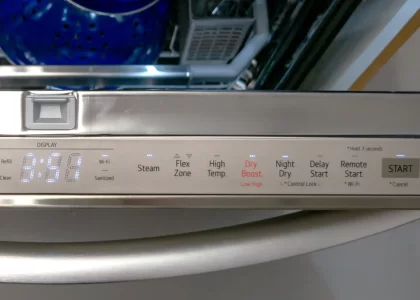Introduction to Dishwasher Cycle Times
When you’re pressed for time or planning your household chores, knowing how long does it take a dishwasher to run can be vital. Different cycles offer various levels of cleanliness and time commitment. It’s a balancing act between efficiency, energy consumption, and the particular needs of your dishes. Dishwasher cycle times vary based on a number of factors. A standard wash cycle typically lasts between 1 to 4 hours, with most landing around the 2-hour mark. But it’s not just about the clock; factors such as soil level, water temperature, and the specific cycle chosen play a pivotal role in determining the duration. The cycle you select can also impact your energy bills and the lifespan of your appliance. In the upcoming sections, we’ll delve deeper into standard cycles, compare quick wash and intensive options, and provide tips on optimizing dishwashing time for maximum efficiency.
Factors Affecting Dishwasher Cycle Duration
Several elements influence how long it takes a dishwasher to run. Here’s what affects cycle time:
Dish Size and Soil Level
Larger dishes take up more space and may need longer cycles. Heavily soiled items often require more time to clean thoroughly.
Water Temperature
Hotter water can speed up the cycle as it cuts through grease faster. However, heating water takes time, impacting duration.
Dishwasher Model and Age
Newer models may boast quicker cycles due to advanced technologies. Older machines might take longer to complete a cycle.
Cycle Type
Different cycle types, from normal to heavy-duty, dictate the duration. Each is designed for specific dishwashing needs.
Added Features
Options like extra rinse or sanitation can extend the cycle time. They provide a deeper clean but require more time.
Home Water Pressure
Low water pressure can slow down the cycle as the dishwasher takes longer to fill.
Understanding these factors can help you choose the right cycle and manage time effectively. Keep them in mind to optimize your dishwashing routine.
Standard Dishwasher Cycles and Their Durations
Understanding the standard dishwasher cycles is crucial for an efficient dishwashing experience. Here’s what you can expect from the most common cycles:
Normal Cycle
The normal cycle is the go-to for day-to-day dishwashing. It typically takes about 1 to 2 hours. This cycle balances time, energy, and water use for regular loads.
Auto Cycle
The auto cycle adjusts time and water usage based on how dirty the dishes are. It ranges from 1 to 3 hours. Sensors in the dishwasher determine the necessary duration to get your dishes clean.
Heavy Cycle
For pots, pans, and heavily soiled dishes, the heavy cycle works best. Expect it to last up to 4 hours. It uses more water and energy but ensures a thorough clean.
Glass/Delicate Cycle
This cycle is lower in temperature and pressure. It’s ideal for delicate dishware and can take 1 to 2 hours. It prevents damage to fragile items.
Rinse Cycle
The rinse cycle simply rinses off the dishes. It doesn’t include detergent and lasts around 10 to 15 minutes. Use this for a quick cleanup.
Each cycle serves a unique purpose and will vary in duration based on the factors previously mentioned. Choose the cycle that best matches your dishes’ needs to save on time and energy.
Quick Wash Vs. Intensive Cycles: A Comparison
When deciding between a quick wash and an intensive cycle, consider what you’re cleaning. Quick wash cycles are shorter, often under an hour. They’re for lightly soiled dishes and saving time. Intensive cycles take longer, up to four hours, tackling heavily soiled items effectively. They use more water and energy. For daily use, quick wash can be enough. But if your dishes have baked-on food, intensive is better. Remember, cycle choice affects how long does it take a dishwasher to run, as well as energy consumption. Weigh your needs against the cycle benefits to pick the right one.
Energy-Efficient Cycles: Time and Environmental Impact
Choosing an energy-efficient cycle can be a game-changer in your dishwashing routine. These cycles aim to reduce energy and water usage while still getting your dishes clean. Let’s explore the impact of these cycles on both time and the environment.
The Balance Between Cycle Time and Energy Savings
Energy-efficient cycles often take longer than regular cycles. They use less water and lower temperatures, which saves energy but extends the cycle duration. You may find these cycles can run anywhere from 1.5 to 4 hours. Despite the longer time, the savings on your energy bill and the reduced environmental impact make them a popular choice.
Reduced Water Usage
Using less water is key to an energy-efficient cycle. Such cycles are designed to maximize cleaning power with minimal water. This not only lowers your water bill, but it also conserves this precious resource, benefitting the ecosystem.
Advantages of Energy-Efficient Cycles
- They decrease energy consumption, which leads to cost savings over time.
- Reduced water and energy use is better for the environment.
- They maintain cleaning effectiveness, despite using fewer resources.
When thinking about how long does it take a dishwasher to run, remember that energy-efficient options may increase cycle times. However, they offer long-term benefits that can outweigh the additional minutes. Opting for these cycles supports sustainability and can reduce your household’s carbon footprint. Always consider your specific dishwashing needs and choose a cycle that aligns with your eco-friendly goals and time preferences.
Tips for Optimizing Dishwashing Time
To make the most out of your dishwasher cycles and reduce how long it takes for a dishwasher to run, it’s essential to optimize your dishwashing time effectively. Here are practical tips to help increase efficiency without sacrificing cleanliness:
- Load Dishes Properly: Ensure your dishes are loaded correctly. Place them in a way that water and detergent can reach every surface.
- Scrape Don’t Rinse: Before loading, scrape off food scraps instead of rinsing. Modern dishwashers can handle bits of food.
- Use the Right Detergent: Choose a high-quality detergent. It cleans better, reducing the need for longer cycles.
- Select the Appropriate Cycle: Match the cycle to your dish load. Don’t use heavy duty for light soils.
- Full Loads Are Best: Wait until you have a full load before running the dishwasher to maximize efficiency.
- Regular Maintenance: Clean your dishwasher’s filter and spray arms regularly to maintain peak performance.
- Utilize Off-Peak Hours: Some energy companies offer lower rates during off-peak hours. Run your dishwasher then to save on electricity costs.
By implementing these straightforward strategies, you can shorten the duration of how long it takes for your dishwasher to run, while still enjoying sparkling clean dishes. Remember to balance your needs with the dishwasher’s capabilities for the best results.
Understanding Dishwasher Cycle Settings and Features
To get the most out of your dishwasher, it’s crucial to understand its cycle settings and features. Each setting has its purpose, and using them correctly can save time and energy.
Know Your Dishwasher’s Basic Settings
Most dishwashers come with basic settings like Normal, Auto, Heavy, Glass/Delicate, and Rinse cycles. Use Normal for everyday dishes, Auto for varying soil levels, Heavy for tough grime, Glass/Delicate for fragile items, and Rinse for a quick splash.
Specialized Cycles for Specific Needs
Some machines offer specialized cycles. These might include Eco for energy saving, Sanitize for killing bacteria, or Quick Wash for lightly soiled items. Select these for unique dishwashing needs.
Adjustable Options for a Custom Clean
Many dishwashers allow you to tweak settings. You can often change the temperature, cycle duration, or add an extra rinse. Customizing these can lead to a cleaner result without extra cycles.
Features That Enhance Performance
Look for features like soil sensors and adjustable racks. Sensors adjust cycles based on dirtiness, and racks accommodate various dish sizes. These improve efficiency and fit.
Stay Updated with Technology
New models feature smart technology. They connect to Wi-Fi and can be controlled via apps. This tech can provide dishwasher status updates and allow remote control.
By knowing the ins and outs of your dishwasher’s settings and features, you can optimize how long it takes a dishwasher to run. Make the right choices based on your dishwashing requirements, and enjoy the benefits of a modern appliance. Keep functionalities in mind to ensure both a thorough clean and efficient energy usage.
Best Practices for Maintaining Your Dishwasher
To keep your dishwasher running efficiently and extend its lifespan, follow these best practices:
- Regular Cleaning: Wipe down the door seals and outer surfaces. Clean filters and spray arms often.
- Inspect for Wear: Check for worn parts or leaks monthly. Replace any parts that show wear or damage.
- Avoid Overloading: Don’t pack dishes too tightly. Overloading can strain the motor and result in poorly cleaned dishes.
- Keep Sprayer Arms Clear: Make sure nothing blocks the sprayer arms. This ensures even water distribution.
- Rinse Aid Use: Use rinse aid to prevent water spots and enhance drying. It helps dishes come out spotless.
- De-Clog Jets: Check the water jets for food particles. Clean them out to maintain water pressure.
- Check and Clean the Drain: Remove food debris from the dishwasher drain regularly. A clogged drain affects performance.
- Run Hot Water: Before starting the dishwasher, run the kitchen faucet. This ensures the water starts hot, aiding cleaning.
- Regular Use: Use the dishwasher regularly. This keeps the motor and pumps from getting stiff.
By implementing these straightforward maintenance tips, you not only ensure your dishwasher runs quicker and more efficiently, but you also save on future repair costs. Keep your dishwasher in top shape and it will serve you well for many years to come.

